The Top 3 Most Asked Scuba Questions for People Thinking of Learning to Dive
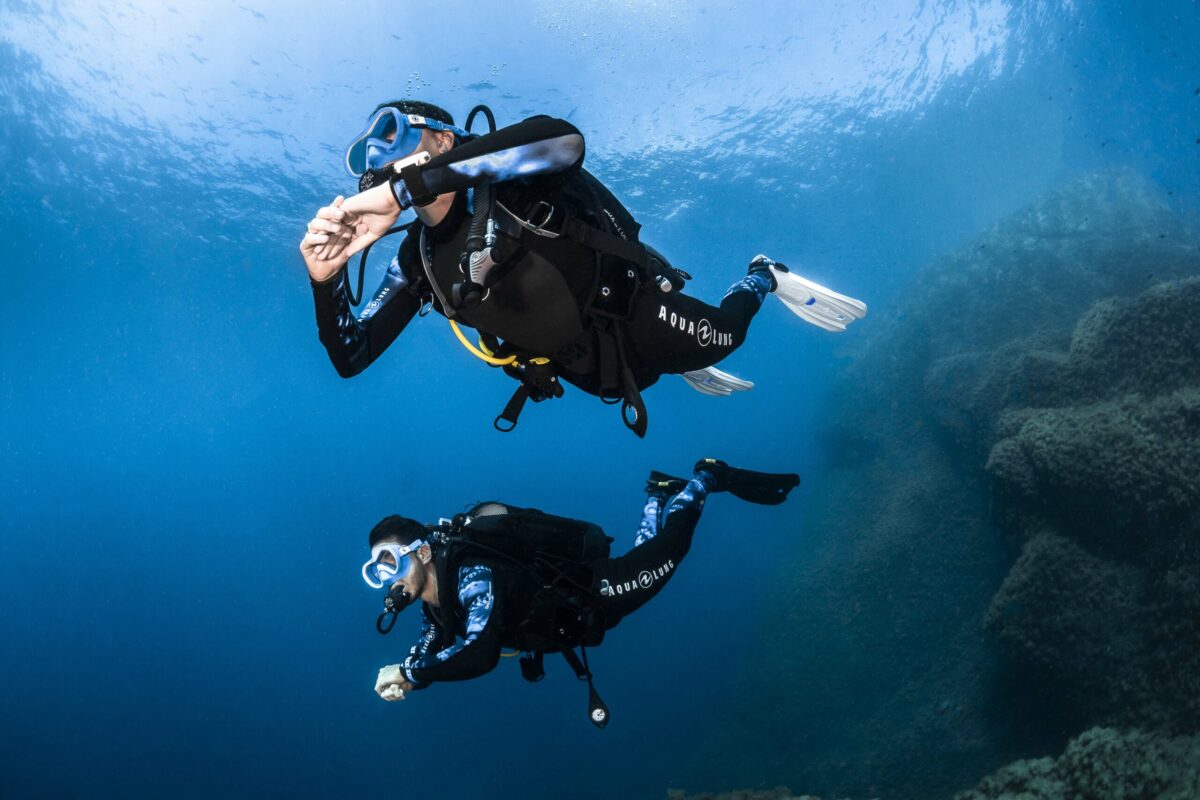
1. Is Scuba Diving Safe?
Scuba diving is an exhilarating activity that allows divers to explore the underwater world, encountering stunning marine life and breathtaking landscapes.
However, as with any adventure sport, safety is a common concern, especially for those new to the activity. So, is scuba diving safe? The short answer is yes—when proper training, equipment, and procedures are followed, scuba diving is a very safe activity.
Let’s take a closer look at the potential risks and how they are mitigated through professional training. We’ll also compare scuba diving’s safety record to other popular sports.
Understanding the Risks of Scuba Diving
Like any sport, scuba diving comes with inherent risks. However, these risks are well understood and can be effectively managed. Some of the primary risks include:
Decompression Sickness (DCS) – Also known as ‘the bends,’ DCS occurs when nitrogen bubbles form in the body due to rapid ascent. Proper dive planning, controlled ascent rates, and using dive computers help prevent this.
Barotrauma – This injury results from pressure changes and affects areas such as the ears, sinuses, and lungs. Equalizing properly and following recommended depth limits significantly reduce this risk.
Running Out of Air – While rare, running out of air can happen due to poor air management. Training divers in monitoring air supply, buddy diving, and emergency procedures mitigates this risk.
Marine Life Injuries – While most marine creatures are not dangerous, some (like jellyfish, stingrays, or certain fish) can cause injuries if provoked. Awareness and respectful interaction with marine life prevent such incidents.
Drowning or Panic Underwater – Panic can be a diver’s worst enemy. Professional training ensures divers know how to handle emergencies calmly and effectively.
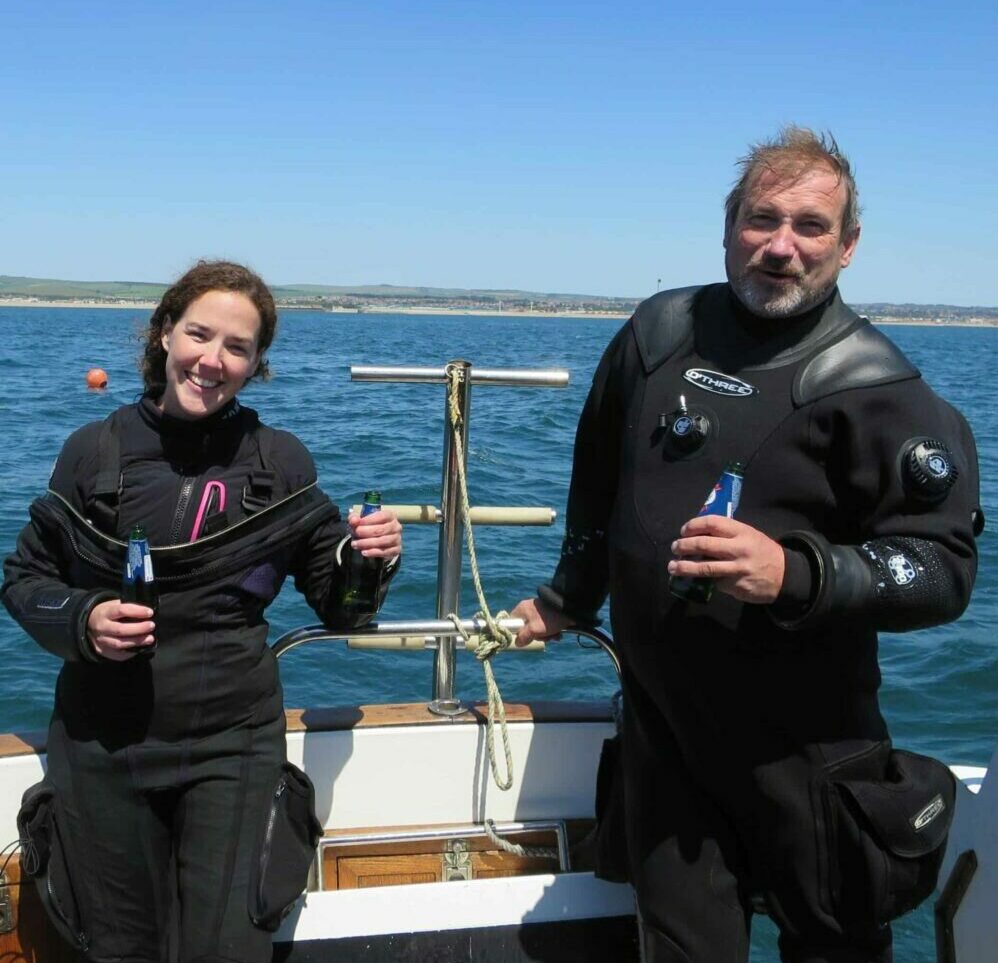

How Professional Training Keeps Divers Safe
One of the biggest reasons scuba diving remains a safe activity is the structured training programs provided by professional dive centres, such as Oyster Diving. The PADI (Professional Association of Diving Instructors) system teaches divers everything they need to know to stay safe underwater. Here’s how training mitigates risks:
Comprehensive Theory – Before getting in the water, divers learn about pressure effects, equipment, dive planning, and safety protocols.
Confined Water Training – New divers practice skills in a controlled environment, such as a pool, ensuring they are comfortable before venturing into open water.
Supervised Open Water Dives – Initial dives are conducted under professional supervision, gradually building confidence and experience.
Emergency Preparedness – Divers are trained in essential skills like mask clearing, regulator recovery, buoyancy control, and emergency ascent procedures.
Equipment Familiarisation – Properly maintained equipment and understanding how to use it correctly reduce the likelihood of gear-related issues.
How Does Scuba Diving Compare to Other Sports?
A common question among prospective divers is whether scuba diving is more dangerous than other sports. When we compare it to activities like skiing, rugby, and even running, the statistics paint a clear picture:
Scuba Diving vs. Skiing – According to data from the Divers Alert Network (DAN), the fatality rate for scuba diving is approximately 1 in 200,000 dives. In contrast, skiing has a higher rate of injuries, particularly from falls and collisions.
Scuba Diving vs. Rugby – Contact sports like rugby carry a much higher risk of injury, with concussions, fractures, and sprains being common. Scuba diving, when done correctly, involves little physical impact and significantly lower injury rates.
Scuba Diving vs. Running – Believe it or not, even long-distance running has its dangers, with dehydration, heat exhaustion, and cardiac events posing risks. Scuba diving, with proper planning and adherence to safety protocols, remains a low-risk sport.
Scuba diving is a safe and enjoyable activity when done correctly. While there are inherent risks, professional training, proper equipment use, and responsible diving practices ensure that these risks are minimised. In fact, compared to many other sports, scuba diving has a lower rate of injury and fatalities. If you’ve ever dreamed of exploring the underwater world, rest assured that with the right training and a professional dive centre like Oyster Diving, you can do so safely and with confidence.
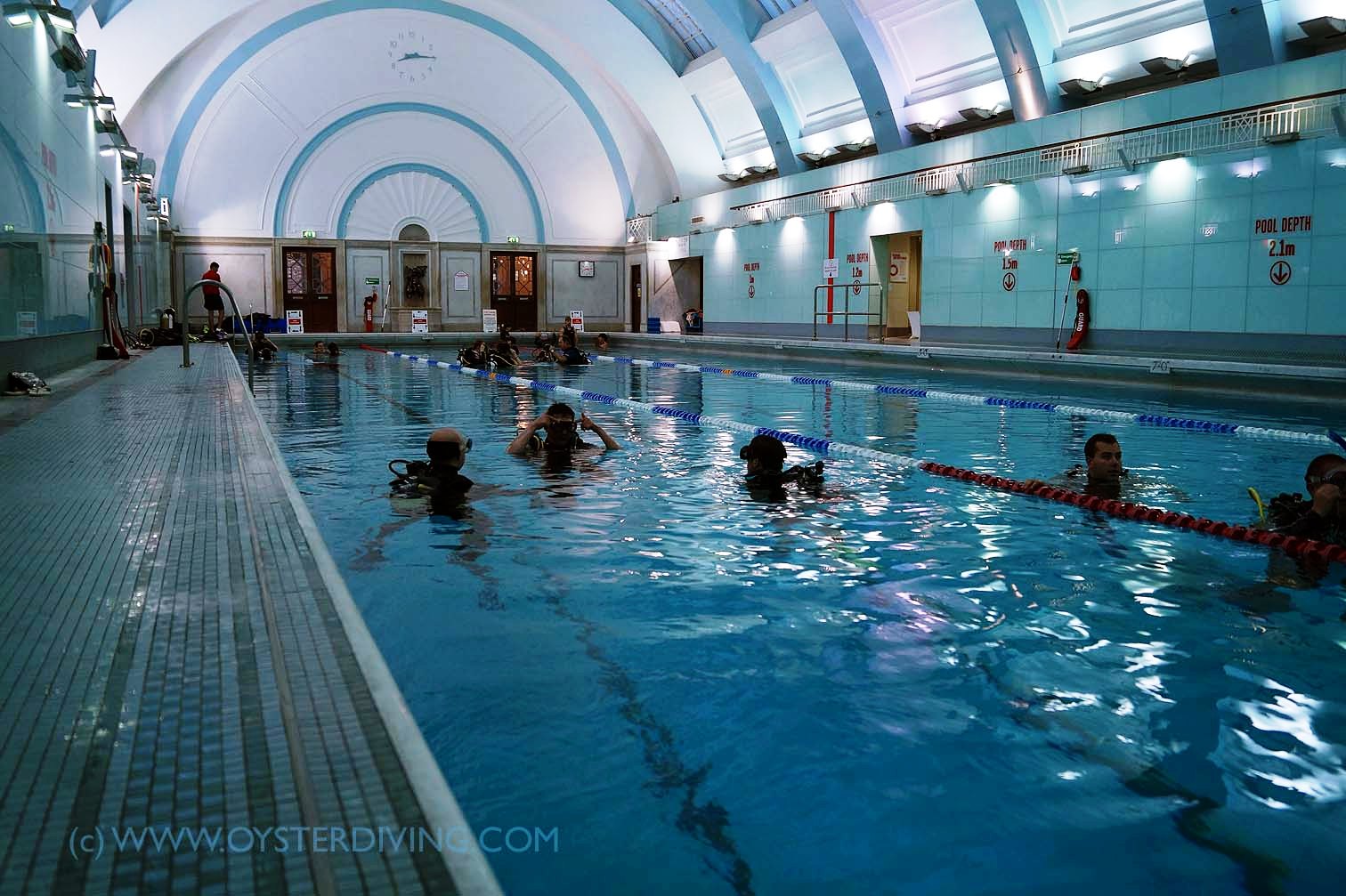
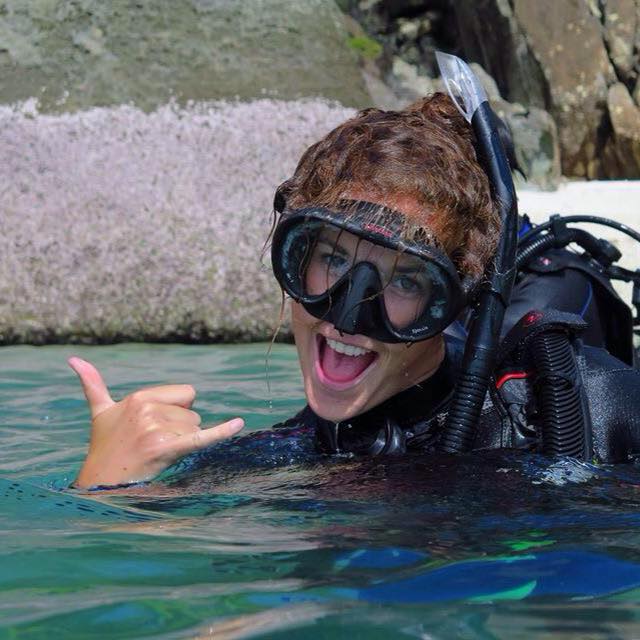
2. How Long Does It Take to Get Scuba Certified?
If you’ve ever dreamed of exploring the underwater world, you may be wondering: how long does it take to get scuba certified?
The good news is that getting your PADI Open Water certification can be completed in just a few days, making it an accessible and convenient option for anyone eager to start diving.
At Oyster Diving, we offer flexible training schedules to suit your lifestyle, ensuring you can get certified at a pace that works for you.
Open Water Course – Part A
Step 1: Online Theory (10-12 Hours)
The first step in your scuba certification journey is the online theory, which usually takes 10-12 hours to complete. You can break this up into multiple sessions or complete it in one go—whichever works best for you. The beauty of the online theory is that it can be done anytime, anywhere, giving you the flexibility to study at your own pace. This section covers essential diving knowledge, including:
- Dive physics and physiology
- Safety procedures
- Equipment use and maintenance
- Dive planning and underwater communication
Step 2: Pool Training (Around 5 Hours)
Once you’ve completed the theory, it’s time to get into the water! The confined water (pool) training session takes around 5 hours and is usually completed in one day. However, at Oyster Diving’s Soho pool in London, we split this training over three consecutive Tuesday evenings, making it even easier to fit into your schedule. During these sessions, you’ll learn essential diving skills, such as:
- Buoyancy control
- Regulator and mask clearing
- Emergency ascent procedures
- Underwater communication
This hands-on training ensures that you’re comfortable and confident in the water before moving on to the next stage.
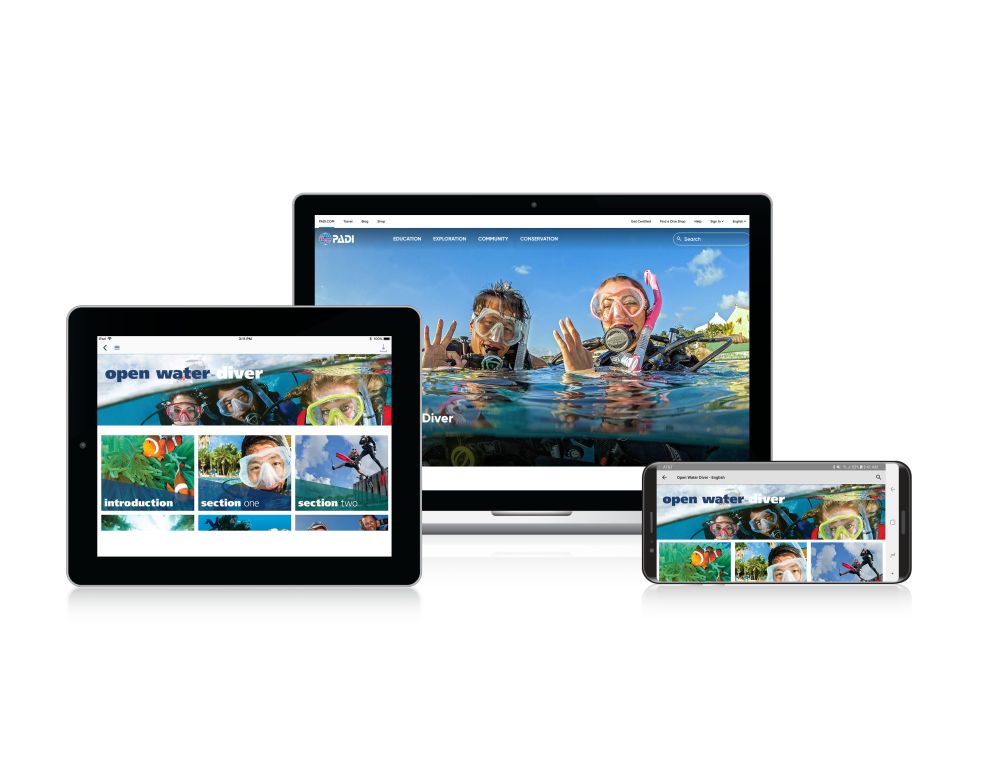
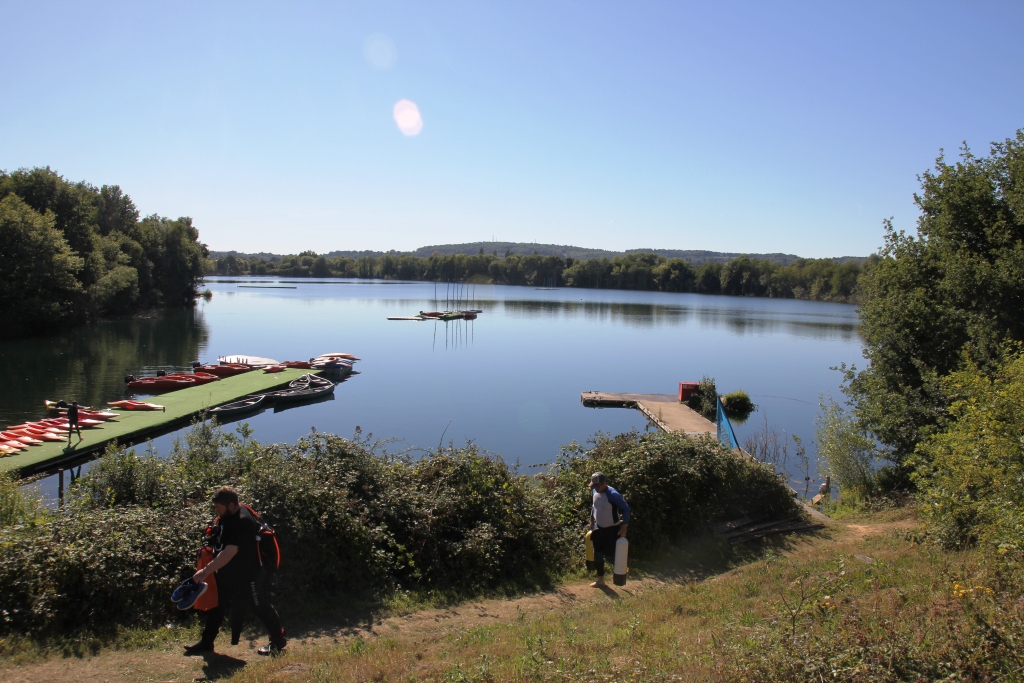
Open Water Course – Part B
Step 3: Open Water Dives (2 Days)
Once you’ve completed your theory and pool training (known as Part A), the final step is to complete four open water dives, known as Part B. These dives can be done over two days at Mercers Lake in Surrey, or at any other PADI dive centre worldwide. The open water dives allow you to put your skills into practice in a real-world diving environment, under the guidance of a professional instructor.
Why Should You Complete Your Open Water Dives Before Going on Holiday?
Many people consider waiting until they’re on holiday to complete their certification, but there are several advantages to completing your dives beforehand:
Confidence and comfort – You’ll arrive at your holiday destination as a certified diver, ready to explore the underwater world without any training pressures.
More time to enjoy your holiday – Instead of spending your vacation in a classroom or training, you can start diving immediately.
Better learning experience – Completing your dives in familiar conditions at home allows you to focus on skill mastery without the distractions of travel.
Avoid wasting valuable holiday time – Training takes time, and it’s better to use your holiday for actual diving rather than studying.
3. Do I Need to Be a Strong Swimmer to Scuba Dive?
One of the most common questions asked by people considering learning to scuba dive is, “Do I need to be a strong swimmer to scuba dive?” The simple answer is no—you don’t need to be an Olympic-level swimmer to enjoy scuba diving. However, basic swimming ability is required to ensure your safety and comfort in the water.
Swimming Requirements for the PADI Open Water Course
To become a certified PADI Open Water Diver, you’ll need to demonstrate a minimum level of swimming ability. This includes two key swimming tests:
- Swimming 200 Metres (or 300 Metres with a Snorkel)
- You must be able to swim 200 metres using any stroke you prefer. There is no time limit, so you can go at your own pace.
- If you feel more comfortable using a mask, snorkel, and fins, you have the option to swim 300 metres instead.
- Floating or Treading Water for 10 Minutes
- You need to be able to float or tread water for 10 minutes, demonstrating that you can stay at the surface without assistance.
These requirements are designed to ensure that you’re comfortable in the water rather than to test your speed or stamina. As long as you can complete them, you’re ready to start your scuba diving journey.


Why Do You Need Basic Swimming Skills for Scuba Diving?
While scuba diving equipment, such as fins and buoyancy control devices, makes movement in the water easier, basic swimming skills are essential for several reasons:
- Confidence in the Water – Being comfortable in the water reduces stress and allows you to focus on enjoying your dive.
- Safety – In the unlikely event of an emergency, swimming ability helps you return to the boat or shore safely.
- Buoyancy Control – Good swimming skills can help you master buoyancy control, a key part of safe and enjoyable diving.
Can Non-Swimmers Try Scuba Diving?
If you can’t swim but still want to experience the underwater world, you can try a PADI Discover Scuba Diving experience. This introductory session takes place in a pool or confined water setting under the supervision of a professional instructor. While you won’t be certified, it’s a great way to see if scuba diving is for you before committing to a full course.
Start Your Open Water Course
Scuba diving is a safe and enjoyable activity when done correctly. While there are inherent risks, professional training, proper equipment use, and responsible diving practices ensure that these risks are minimised. In fact, compared to many other sports, scuba diving has a lower rate of injury and fatalities. If you’ve ever dreamed of exploring the underwater world, rest assured that with the right training and a professional dive centre like Oyster Diving, you can do so safely and with confidence.
At Oyster Diving, we offer flexible training schedules and expert instruction to help you get certified quickly and safely. Whether you prefer completing your pool training in one day or spreading it out over three evenings at our Soho pool, we have options to suit your needs. Once certified, you’ll be able to dive anywhere in the world and experience the magic of the ocean firsthand.
Ready to take the plunge? Contact us today to book your PADI Open Water course and start exploring the underwater world!
